Crisis Communication 281
Case 10-1
Coca-Cola India
On August 20, 2003, Sanjiv Gupta, president
and CEO of Coca-Cola India, sat in his office
contemplating the events of the last two weeks
and debating his next move. Sales had dropped
by 30-40 percent’ in only two weeks on the
heels of a 75 percent five-year growth trajec-
tory and 25-30 percent year-to-date growth.
Many leading clubs, retailers, restaurants, and
college campuses across India had stopped
selling Coca-Cola. Only six weeks into his new
role as CEO, Gupta was embroiled in a crisis
that threatened the momentum gained from
a highly successful two-year marketing cam-
paign that had given Coca-Cola market leader-
ship over Pepsi.
On August 5, the Center for Science and
Environment (CSE), an activist group in India
focused on environmental sustainability issues
(specifically the effects of industrialization and
economic growth), issued a press release stat-
ing: “12 major cold drink brands sold in and
around Delhi contain a deadly cocktail of pes-
ticide residues” (see Exhibit 10.1). According
to tests conducted by the CSE’s Pollution
Monitoring Laboratory (PML) from April
to August, three samples of 12 PepsiCo and
Coca-Cola brands from across the city were
found to contain pesticide residues surpass-
ing global standards by 30–36 times, including
5
lindane, DDT, malathion, and chlorpyrifos
(see Exhibit 10.2). These four pesticides were
known to cause cancer, damage to the nervous
and reproductive systems, birth defects, and
severe disruption of the immune system.
In reaction to this report, the Indian gov-
ernment banned Coke and Pepsi products in
Parliament, and state governments launched
independent investigations, sending soft drink
samples to labs for testing. The Coca-Cola
Bottling Company (Coke) stock dipped by
five dollars on the New York Stock Exchange
from $55 to $50 in the six sessions following the
August 5 disclosure, as did shares of Coca-Cola
Enterprises (CCA).
Pepsi and Coca-Cola called the CSE allega-
tions “baseless” and questioned the method of
testing, but the CSE claimed it had followed
standard procedures documented by the U.S.
Environmental Protection Agency, including
gas chromatography and mass spectrometry.
Pepsi’s own tests conducted at an independent
laboratory showed no detectable pesticides and
led Pepsi to file a petition with the high court
questioning the credibility of the CSE’s claims,
while Coke’s Gupta commented: “The allega-
tion is serious and it has the potential to tarnish
the image of our brands in the country. If this
continues, we will consider legal recourse.
Despite Coke and Pepsi’s early responses deny-
ing the validity of the CSE’s claims and threats of
legal action, a survey conducted in Delhi a few
days after the CSE announcement found that a
117
“Toxic Effect: Coke Sales Fall by a Sharp 30-40%,” Economic Times,
August 13, 2003, p. 1.
*”Controversy-Ridden Year for Soft Drinks,” Business Line (New Delhi),
December 30, 2003, p. 6.
“Toxic Effect.”
Source: This case was prepared in 2005 by Jennifer Kaye, T’05, under
thank Nymph Kaul for her research assistance and Rai University for its
the supervision of Professor Paul A. Argenti. The author wishes to
financial support in the development of this case, which was written
with the cooperation of Coca-Cola India. © 2008 Trustees of Dartmouth
College. All rights reserved. For permission to reprint, contact the Tuck
School of Business at 603-646-3176.
Center for Science and Environment, press release, “Hard Truths about
Soft Drinks”, August 5, 2003.
5 “No Standards for World-Wide Pesticide Residues in Soft-Drinks,
Business Line (New Delhi). October 3, 2003, p. 9.
6 “Coke & Pepsi in India: Pesticides in Carbonated Beverages,”
www.vedpuriswar.org/articles/Indiancases.
? “Tests Show Pesticides in Soft Drinks, Claims CSE,” Economic Times,
August 6, 2003, p. 1.
isi-
to differentiate
a
from the competition. Multinationals had
i numerous situations of late and were
22
being blamed for not adhering to the same stan-
rt
rt
of
dards in developing countries as in industrial-
ized nations. The additive effect of this negative
press meant that the potential damage to Coke’s
tive resolution would be a devastating blow to
the momentum Coke had gained after three
e
reputation was even greater. Finally, an ineffec-
t
long years of work on the marketing front.
CASE QUESTIONS
1. What are the key problems that Gupta
should focus on in the short term and in the
long term?
2. How would you evaluate the crisis?
3. How well prepared was Coke India to deal
with the CSE’s allegations?
4. What is your recommendation for Coke’s
communication strategy? Who are the key
constituents?
** “Shocked Delhites Stay Away from Soft Drinks,” The Hindu
(New Delhi), August 7, 2003, p. 1.
282 Chapter Ten
EXHIBIT 10.1 Center for Science and Environment Press Release: Hard Truths about Soft Drinks
New Delhi, August 5, 2003: After bottled water, it’s aerated water that has plugged the purity test. In another exposé, Down To
Earth has found that 12 major cold drink brands sold in and around Delhi contain a deadly cocktail of pesticide residues. The
results are based on tests conducted by the Pollution Monitoring Laboratory (PML) of the Centre for Science and Environment
(CSE). In February this year, CSE had blasted the bottled water industry’s claims of being ‘pure’ when its laboratory had found
pesticide residues in bottled water sold in Delhi and Mumbai.
This time, it analysed the contents of 12 cold drink brands sold in and around the capital. They were tested for organochlo-
rine and organophosphorus pesticides and synthetic pyrethroids—all commonly used in India as insecticides.
The test results were as shocking as those of bottled water.
All samples contained residues of four extremely toxic pesticides and insecticides: lindane, DDT, malathion and chlorpyri-
fos. In all samples, levels of pesticide residues far exceeded the maximum residue limit for pesticides in water used as ‘foon”,
set down by the European Economic Commission (EEC). Each sample had enough poison to cause–in the long term–cancer,
damage to the nervous and reproductive systems, birth defects and severe disruption of the immune system.
WHAT WE FOUND
Market leaders Coca-Cola and Pepsi had almost similar concentrations of pesticide residues. Total pesticides in ail
PepsiCo brands on an average were 0.0180 mg/l (milligramme per litre), 36 times higher than the EEC limit for total pes
ticides (0.0005 mg/l). Total pesticides in all Coca-Cola brands on an average were 0.0150 mg/1, 30 times higher than the
EEC limit.
While contaminants in the ‘Dil mange more’ Pepsi were 37 times higher than the EEC limit, they exceeded the norms by
45-times in the Thanda matlab Coca-Cola’ product.
Mirinda Lemon topped the chart among all the tested brand samples, with a total pesticide concentration of 0.0352 mg/l.
The cold drinks sector in India is a much bigger money-spinner than the bottled water segment. In 2001, Indians consumed
over 6,500 million bottles of cold drinks. Its growing popularity means that children and teenagers, who glug these bottles,
are drinking a toxic potion.
PML also tested two soft drink brands sold in the US, to see if they contained pesticides. They didn’t.
The question, therefore, is: how can apparently quality-conscious multinationals market products unfit for human
consumption?
CSE found that the regulations for the powerful and massive soft drinks industry are much weaker, indeed non-existent,
as compared to those for the bottled water industry. The norms that exist to regulate the quality of cold drinks are a maze of
meaningless definitions. This “food” sector is virtually unregulated.
The Prevention of Food Adulteration (PFA) Act of 1954, or the Fruit Products Order (FPO) of 1955-both mandatory acts
aimed at regulating the quality of contents in beverages such as cold drinks do not even provide any scope for regulating
pesticides in soft drinks. The FPO, under which the industry gets its license to operate, has standards for lead and arsenic
that are 50 times higher than those allowed for the bottled water industry.
What’s more, the sector is also exempted from the provisions of industrial licensing under the Industries (Development
and Regulation) Act, 1951. It gets a one-time license to operate from the ministry of food processing industries, this license
includes a no-objection certificate from the local government as well as the state pollution control board, and a water analysis
report. There are no environmental impact assessments, or citing regulations. The industry’s use of water, therefore, is not
regulated.
Source: CSE press release, “Hard Truths about Soft Drinks.“ August 5, 2003.
Purchase answer to see full
attachment









Recent Comments